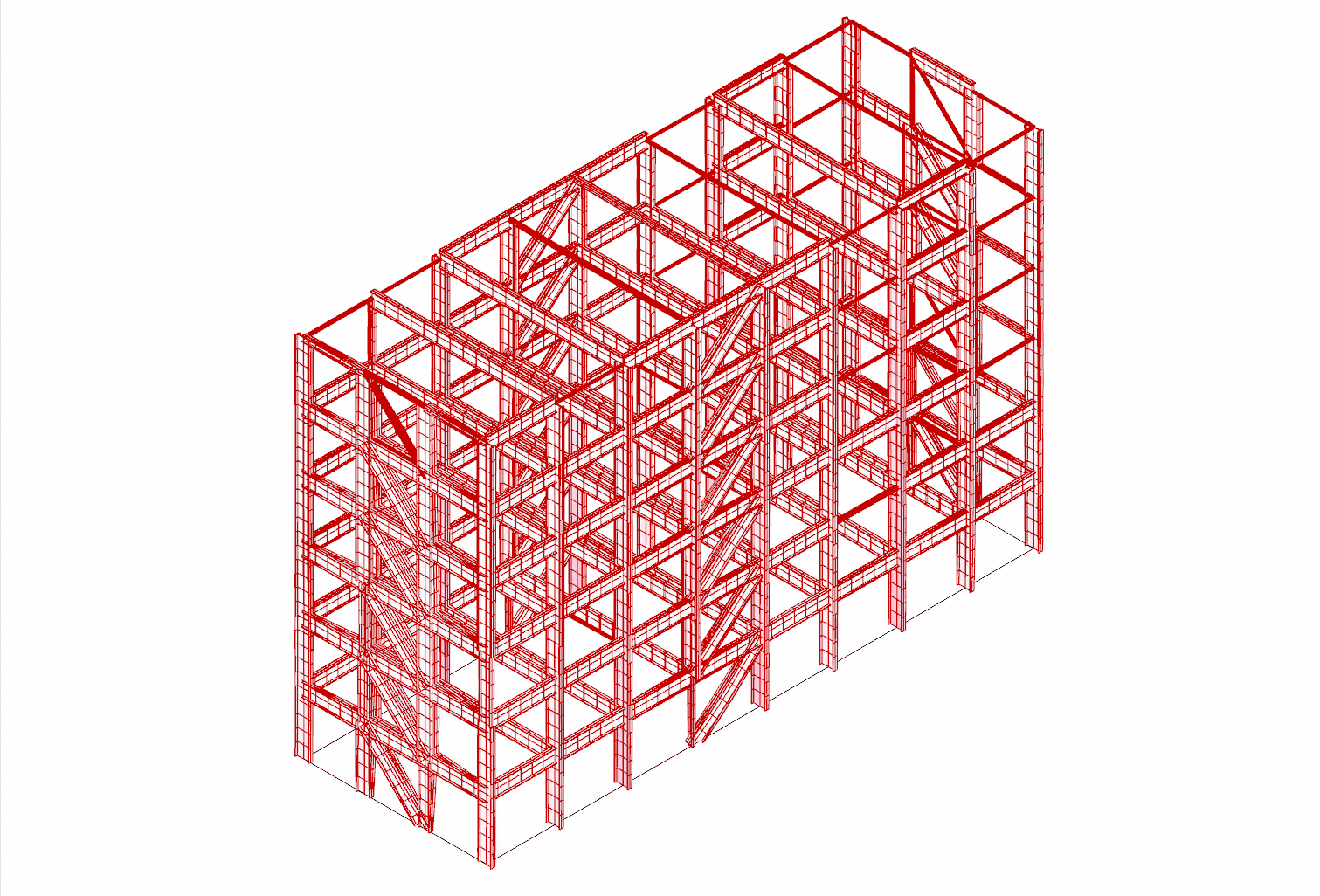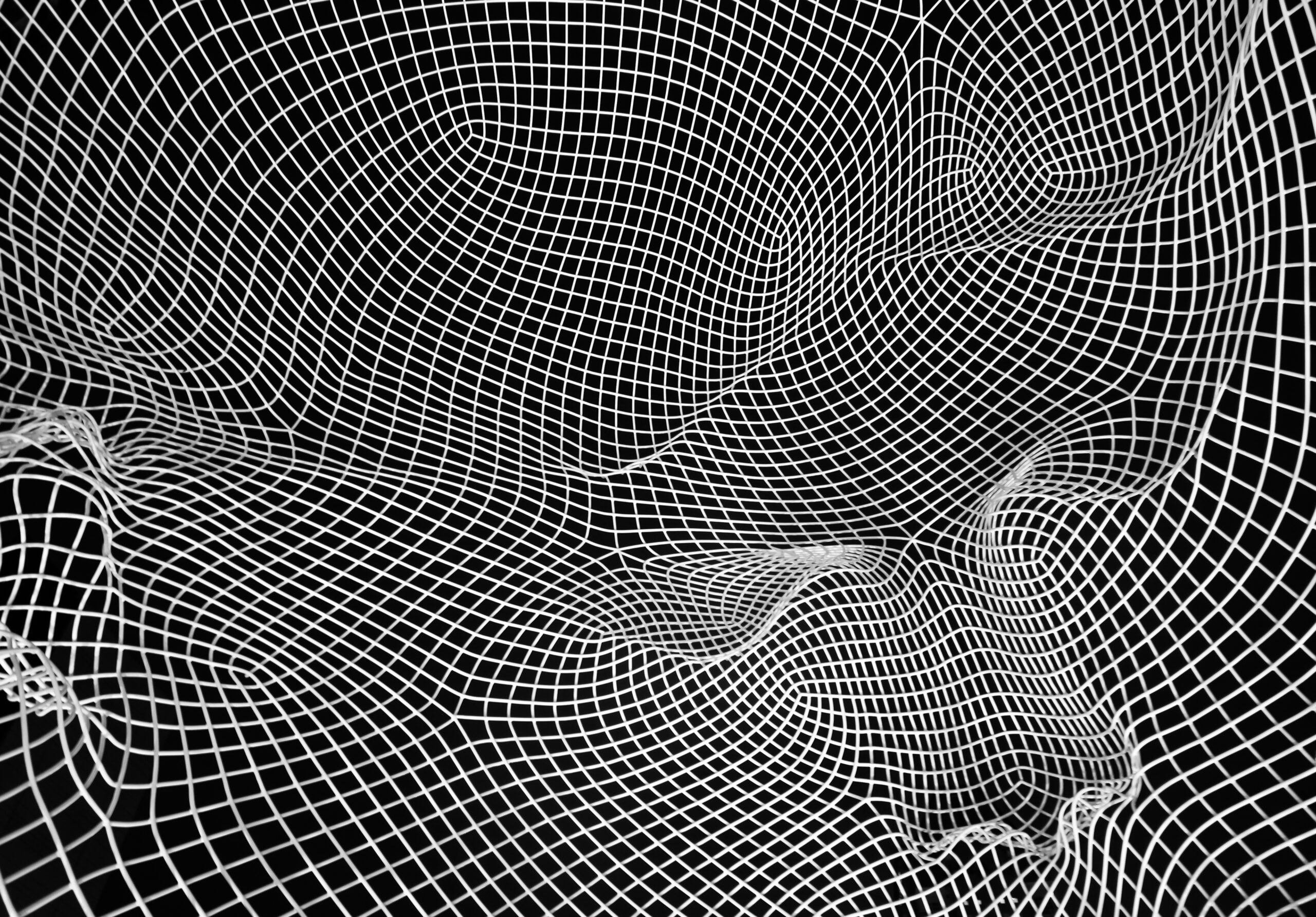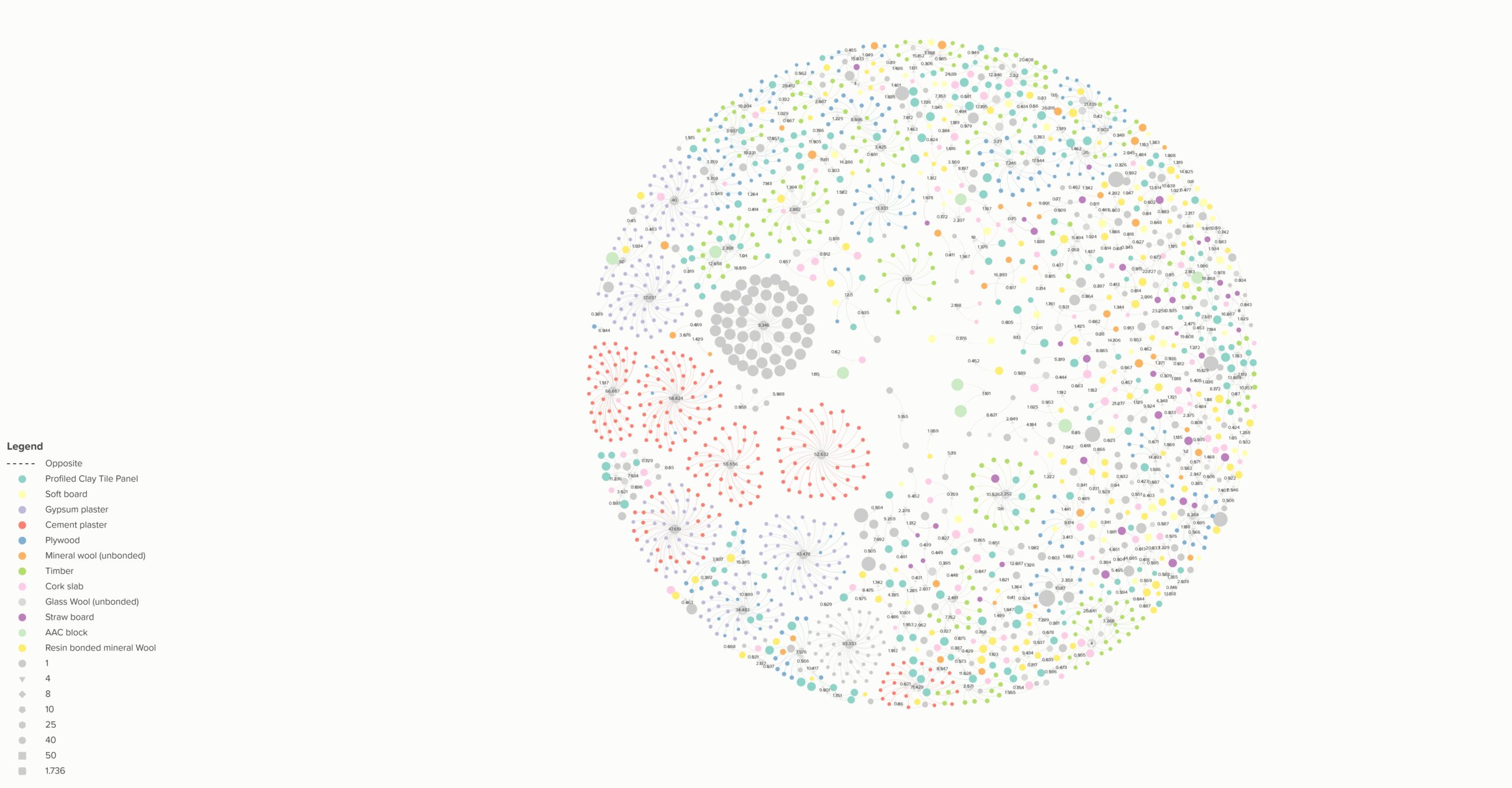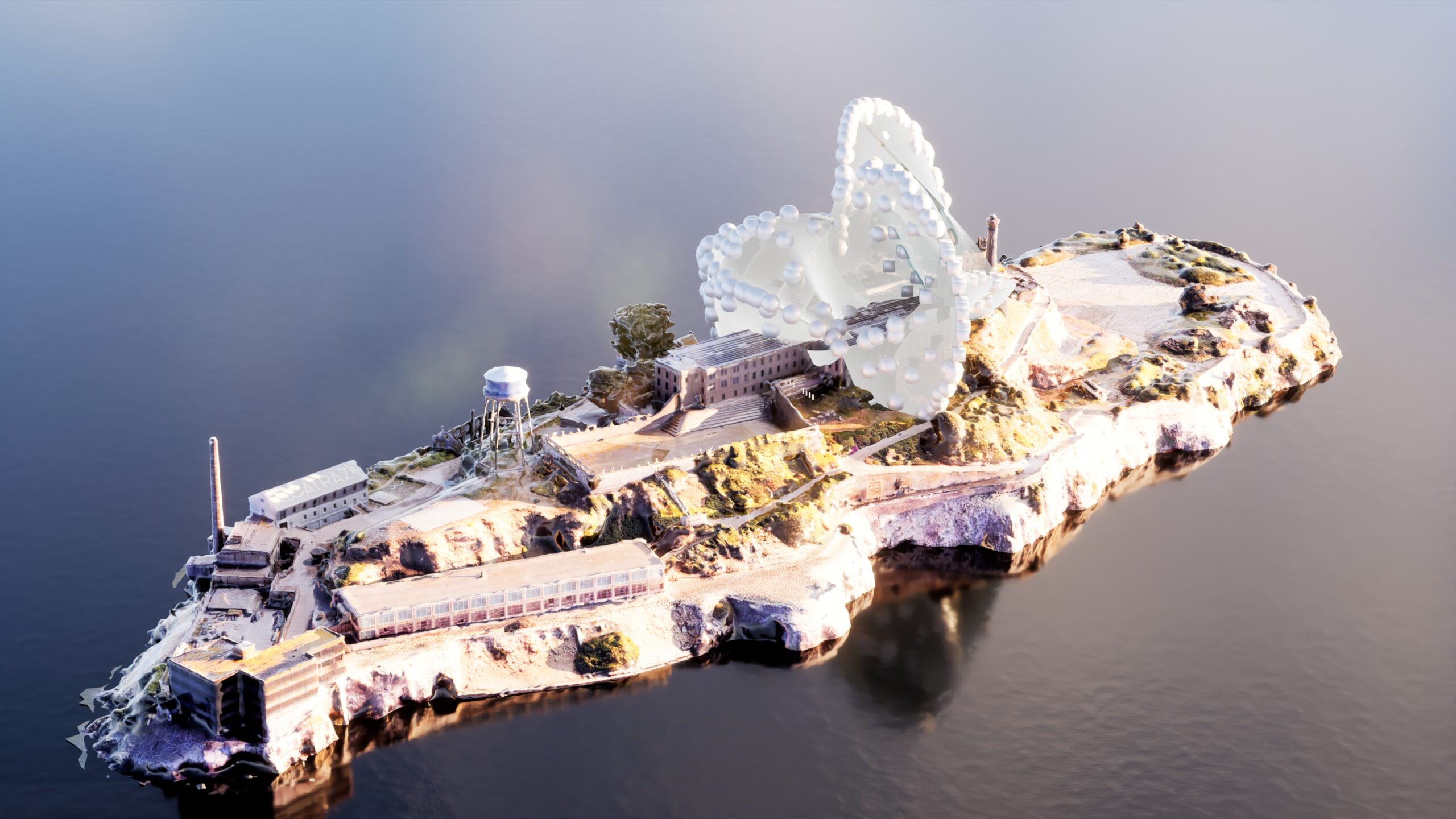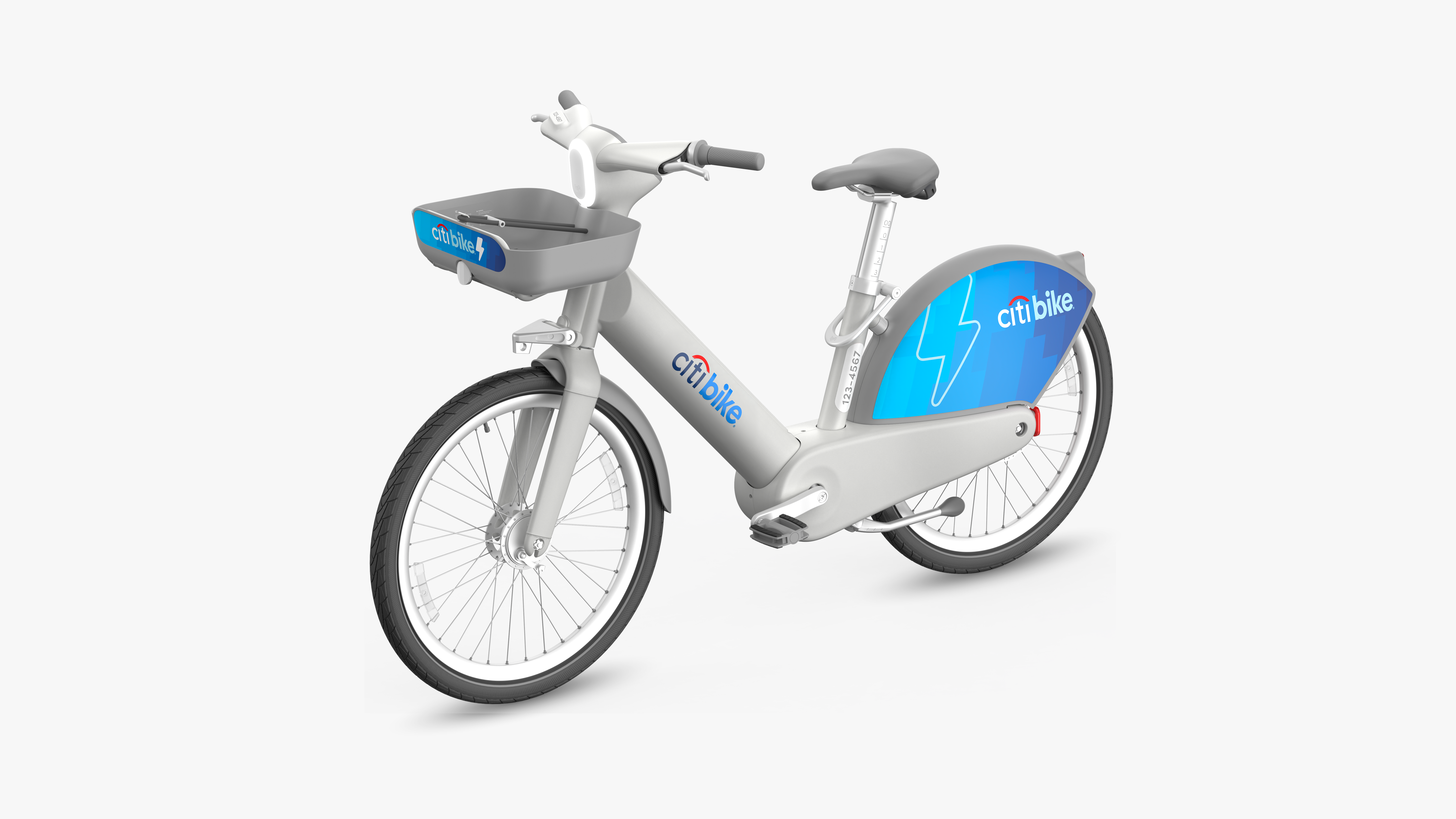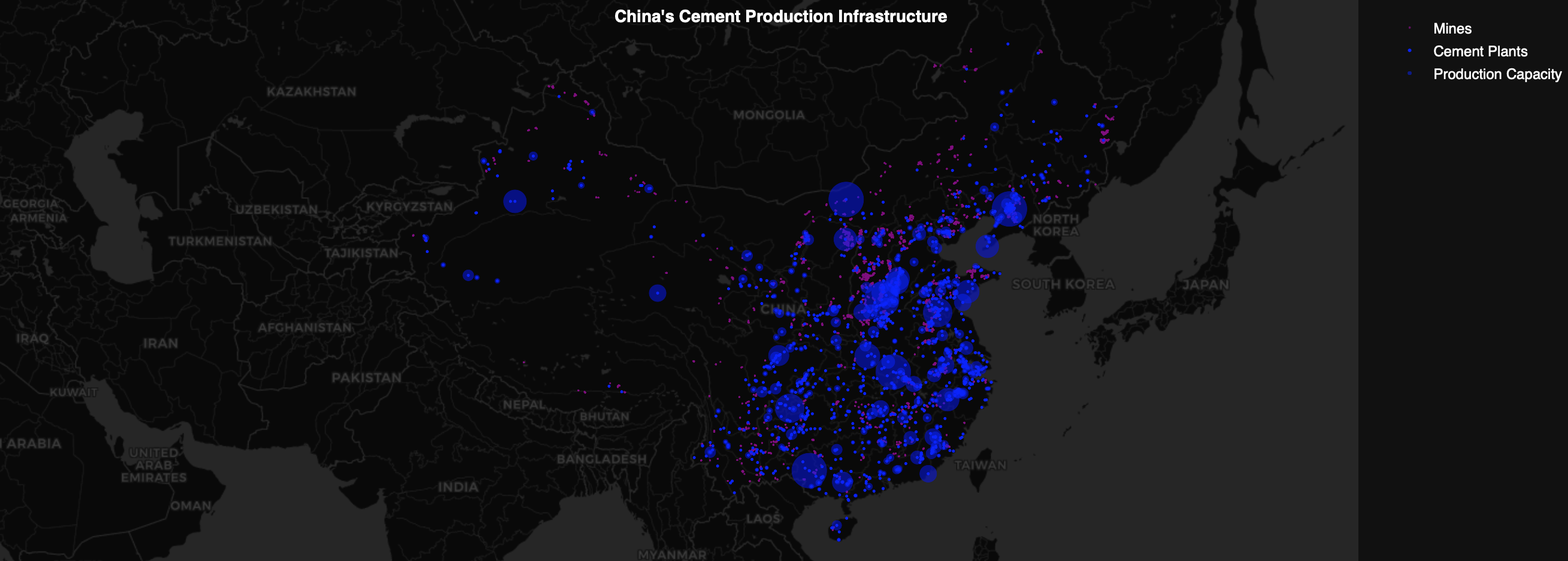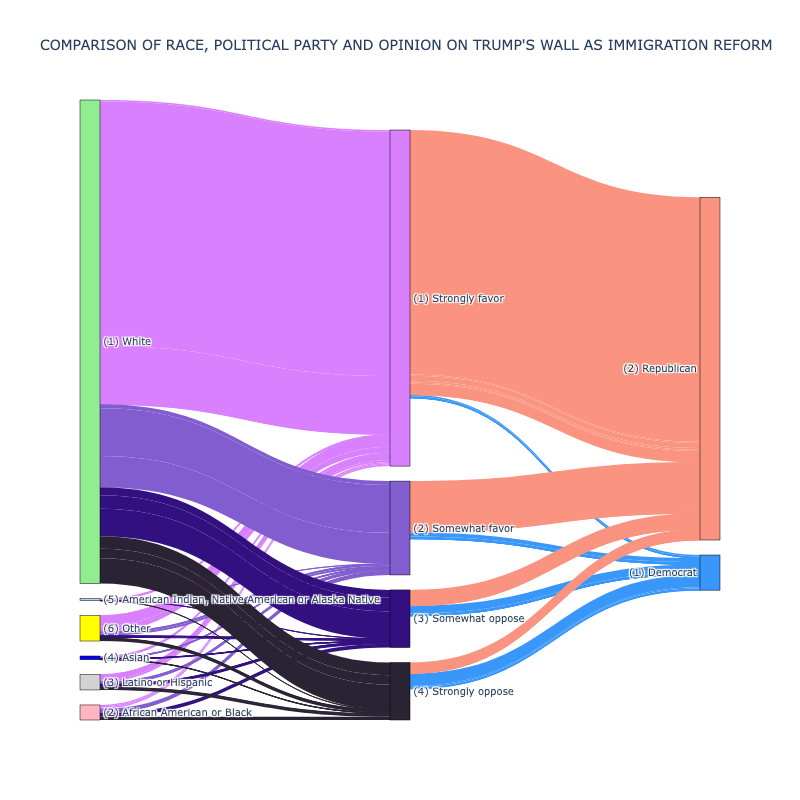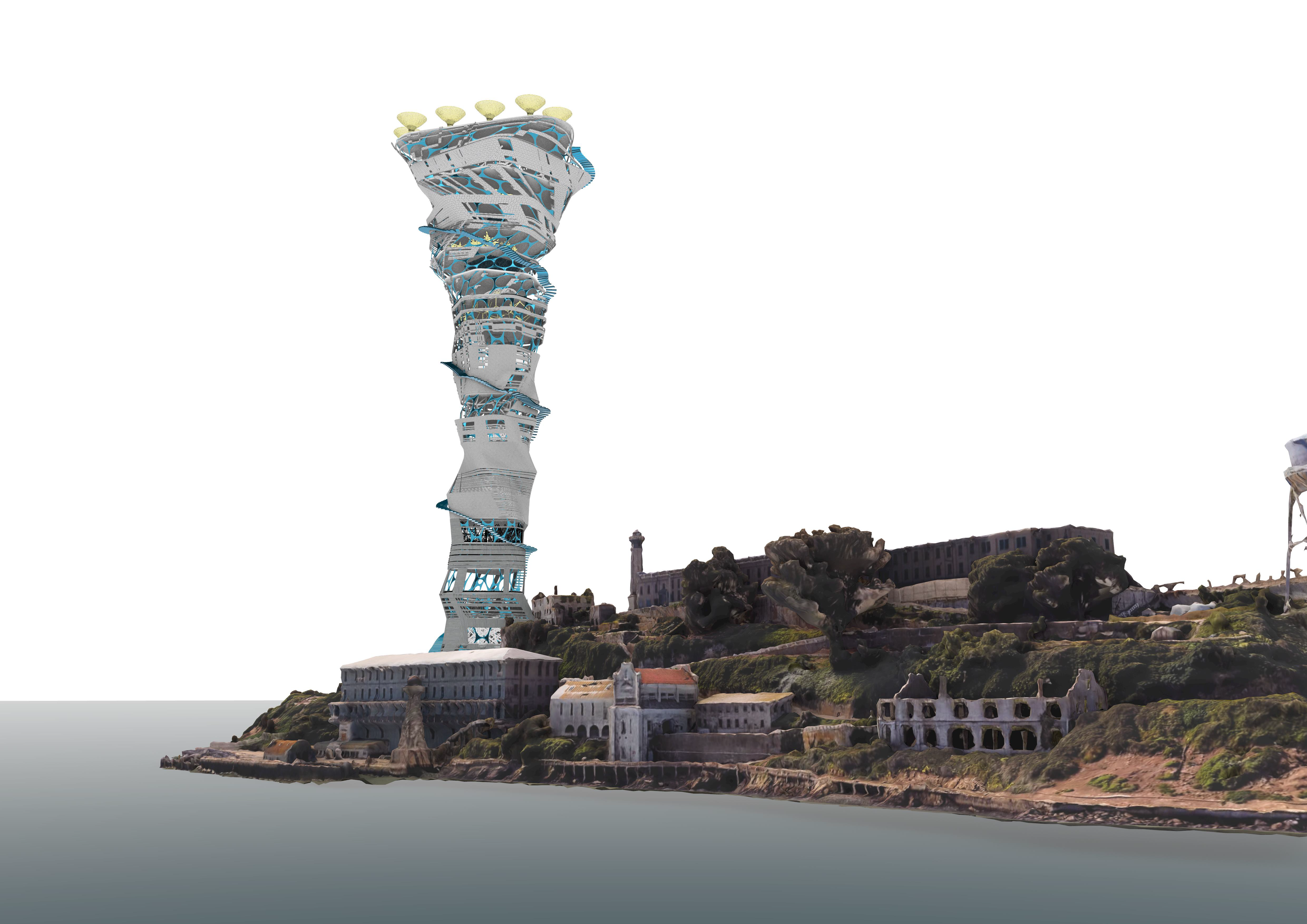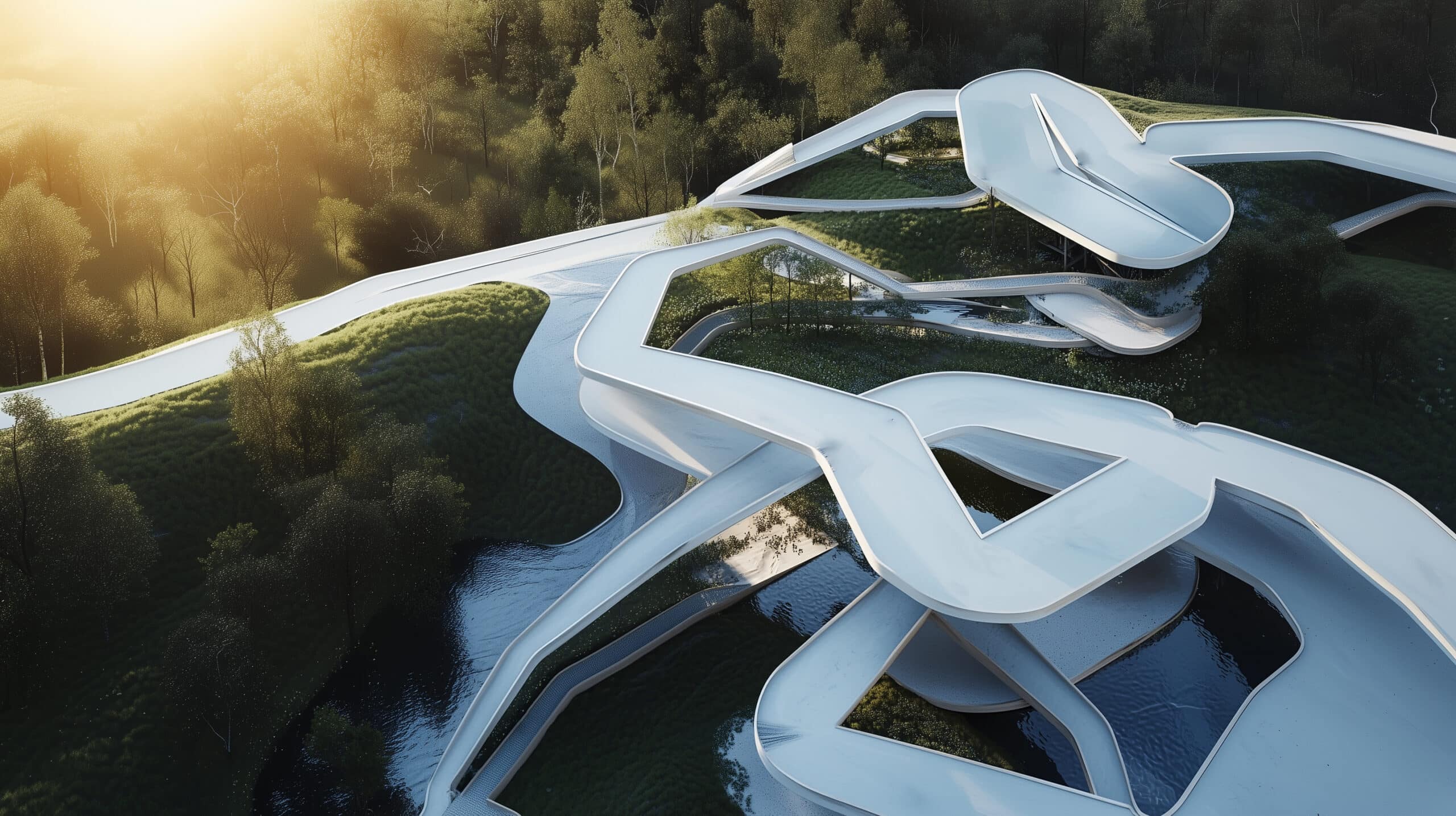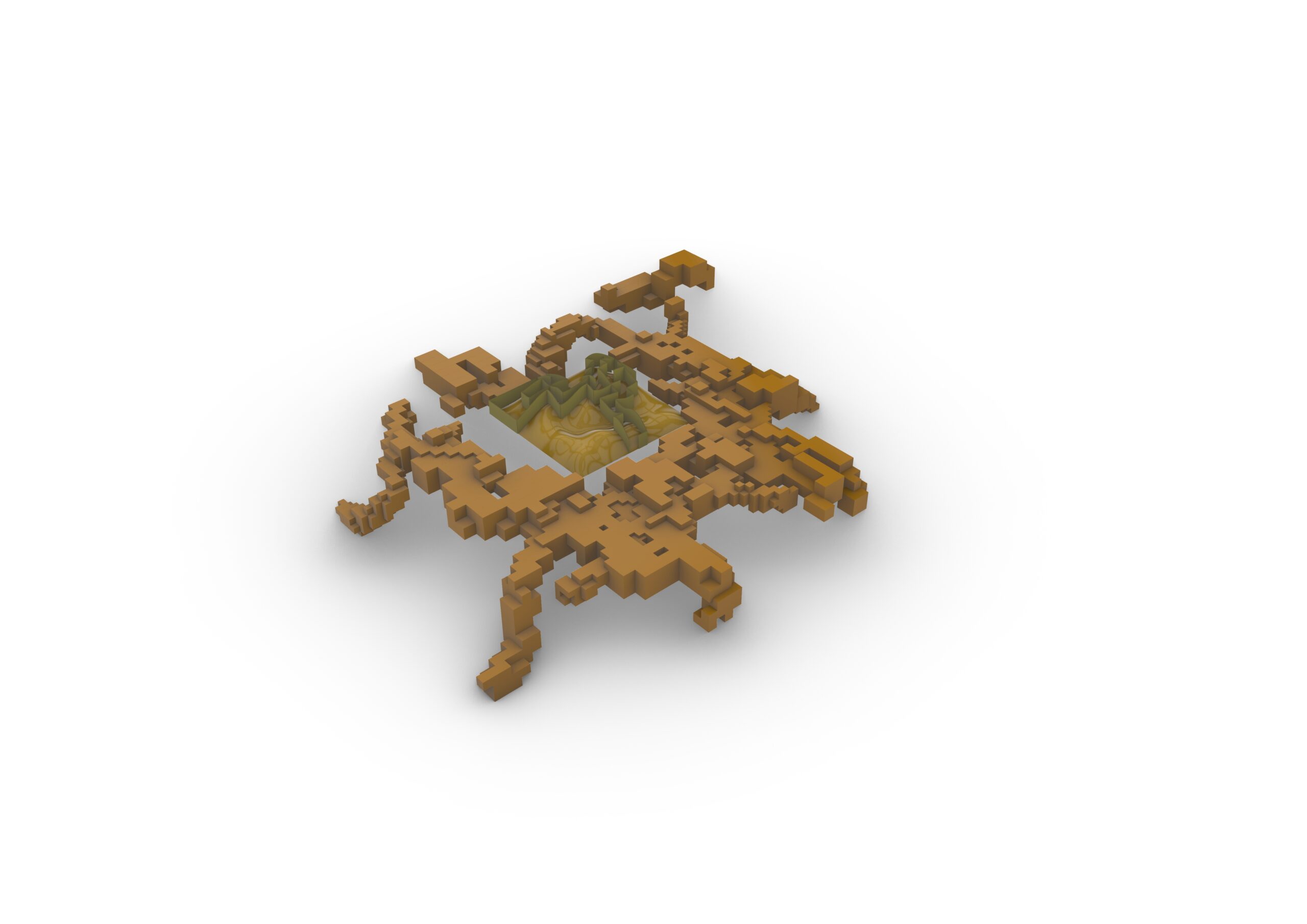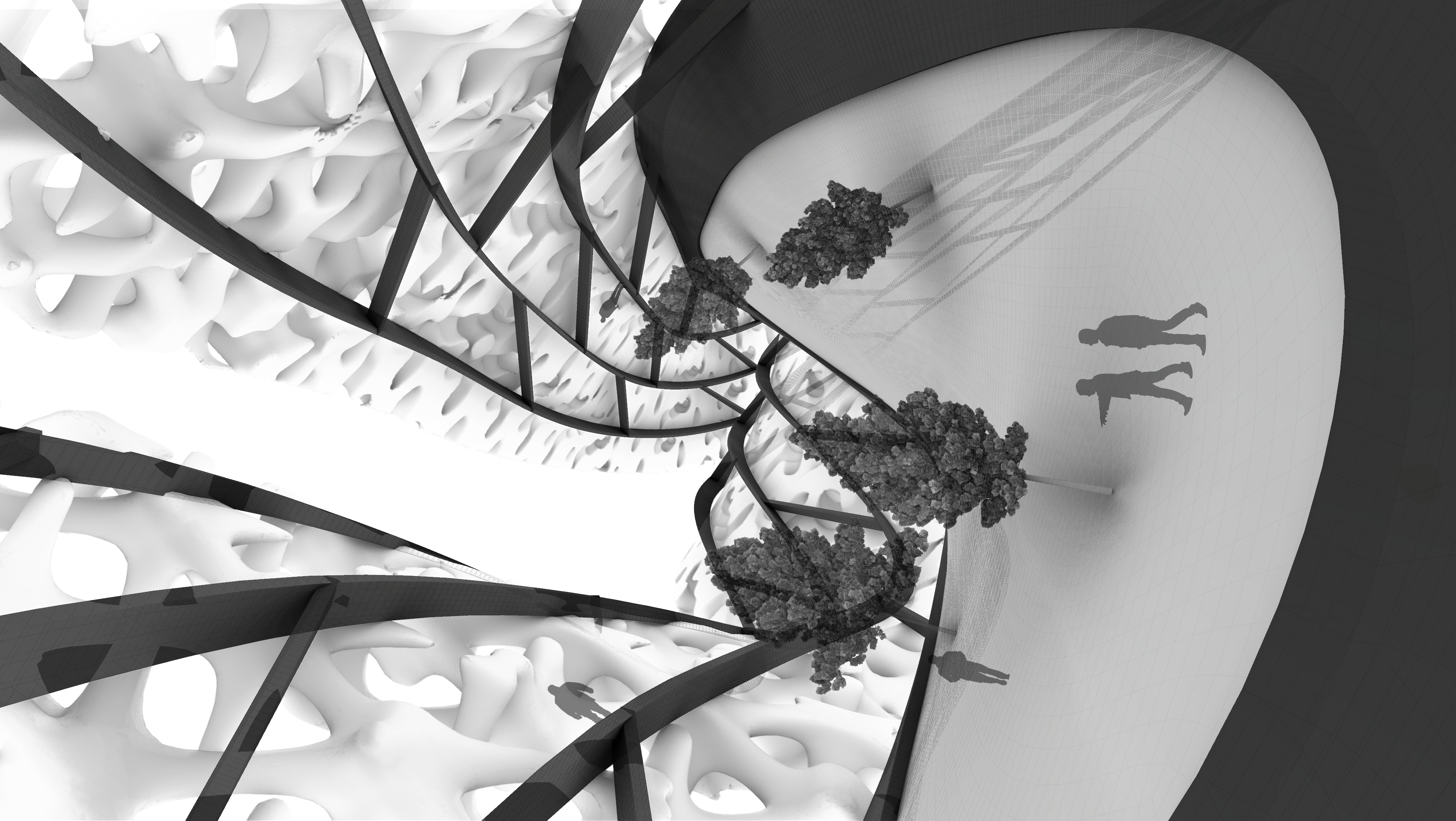System on a chip: Data Center modular aggregation structural optimization
Concept The architectural concept is based on creating a data center that expands over time, following a Design for Manufacturing and Assembly (DfMA) approach. At the core of the design is a superstructure, populated by smaller modular data halls. These are supported by a service program that includes operational spaces, storage, and MEP systems, particularly … Read more

